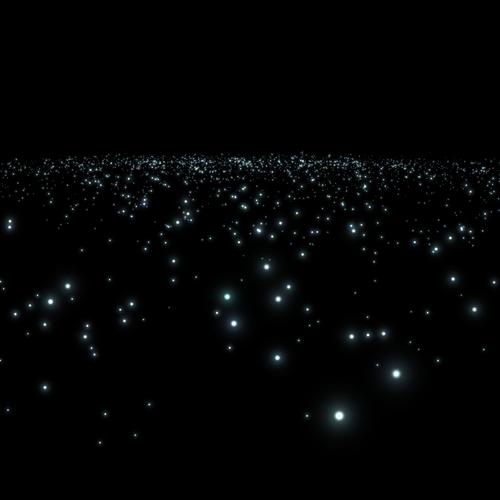Leave this world, travel 6 billion–10 billion light years toward the Eridanus constellation, and you’ll run into a giant cosmic wall of nothingness.
A void in space 1 billion light years across stumped scientists when it was discovered in 2007—then another void spanning 3.5 billion light years was discovered in 2009. These voids cannot be explained by the current understanding of the universe’s structure and evolution.
It is said that smaller voids have formed by gravitational pull following the Big Bang. But voids of this size could not have formed in the amount of time following the Big Bang, they would require much more time to form.
So What Are They?
They contain neither galaxies nor clusters, explains a New Scientist article, and infrasonic mapping has shown the Eridanus void to be cold, suggesting it lacks dark matter.
“Standard cosmology cannot explain such a giant cosmic hole,” Laura Mersini-Houghton, a researcher at the University of North Carolina, told New Scientist. Her theory: “It is the unmistakable imprint of another universe beyond the edge of our own.”
Astronomers hypothesize about the voids, but no conclusions have been reached. It remains a mystery.
Mount Sumeru and other mystical mountains discussed in Buddhism are sometimes said to be real structures in the cosmos made of substances not easily perceived by mankind and which thus appear as gaping holes.
Ancient wisdom has strangely hit the nail on the head before. See the Epoch Times article 3 Amazing Coincidences in Our Solar System: What Could They Mean?.
Putting the Numbers in Perspective
The known universe is estimated to be about 93.5 billion light years across, meaning the void spanning 3.5 billion light years takes up about 3 percent of the universe.
One light year is equivalent to about 6 trillion miles. Here’s a handy graphic developed by PageTutor.com for putting the number 1 trillion into perspective.
*Image of stars via Shutterstock





